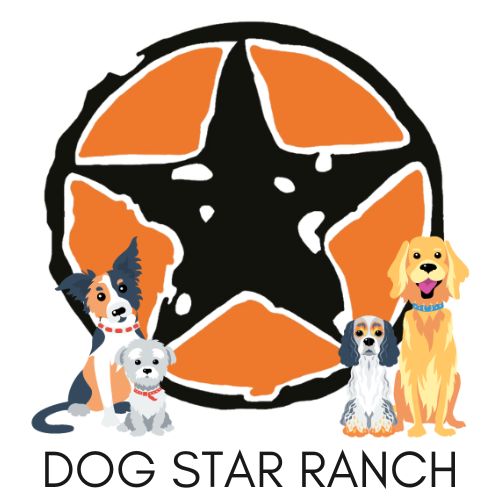More about Angela
-
What training equipment do you use or recommend?
I use what works best for the owner, situation, and dog. Each case is handled a little differently but everyone starts with a flat collar, leash, treats, and a spray bottle. Some dogs move up to a prong collar or remote training collar if it's appropriate. Each dog is assessed to make sure they are comfortable with the tool, and each owner is taught how to use these tools in the gentlest way. There is no place for harshness in my training programs.
-
What happens in your training program when the dog does not respond in the way you want him to?
The dog is then gently guided to respond the way we want. If the dog moves into opposition reflex, we ask the dog to do something else that it's willing to do so that we can praise and reward, then we try the first thing again and often times they are willing to cooperate. Sometimes we have to make the environment easier for the dog, or reduce the triggers around the dog to help them be successful. I don't believe in forcing dogs to do what we ask of them (grooming needs and veterinary care aside).
-
How do you correct unwanted behavior?
I teach a protocol I call "Interrupt Redirect Reward".
Interrupt the unwanted behavior with spray bottle, gentle leash guidance, clap of hands, etc.
Redirect dog to desired behavior.
Reward desired behavior immediately.
-
How will you know if the dog you are training is stressed during the training?
Paying close attention to body language and signals like appeasement behaviors of lifted paws, showing belly, etc, ear positioning, tail positioning, avoidance behaviors.
If the dog moves into dilated pupils, excessive panting, appearing frenetic then we move to relaxation protocols to help the dog out of dopamine/adrenaline state back into a state of calm/eustress. Dogs experiencing dopamine/adrenaline loading stress are not able to learn in that state of mind.
-
What professional dog training associations are you a member of?
International Association of Canine Professionals.
-
What type of training do you prefer? Group classes, one-on-one, special needs, agility, etc.?
One-on-one training and small group classes when clients are ready. All of my clients are required to complete a certain level of one-on-one training before entering into group classes to set their dog up for success.
-
How many years have you been working in the field of dog training and/or behavior?
10
-
What type of dog training have you done?
Agility, Rally-O, traditional obedience, trick training (I am a certified trick instructor through Do More With Your Dog), Perception Modification (www.synalia.com for more information), developed and ran puppy preschool for former employer, group socialization class.
-
What type of preliminary education in learning theory, behavior analysis, animal husbandry, and ethology do you have?
My education in training came from my apprenticeship with my mentor in Indiana. I began working for her as office help and absorbed a lot listening to her work with clients. She also stated that I have a natural talent with the dogs and after I gained some confidence, I apprenticed for about a year before working solo with dogs and clients. It was mostly hands-on with some reading materials and lots of continuing education workshops to advance my skills and knowledge.
-
What type of training do you practice?
Positive Reinforcement, Negative Reinforcement, Positive Punishment, Negative Punishment
Contact Angela.
angela@theempowereddog.com
616-209-9690
